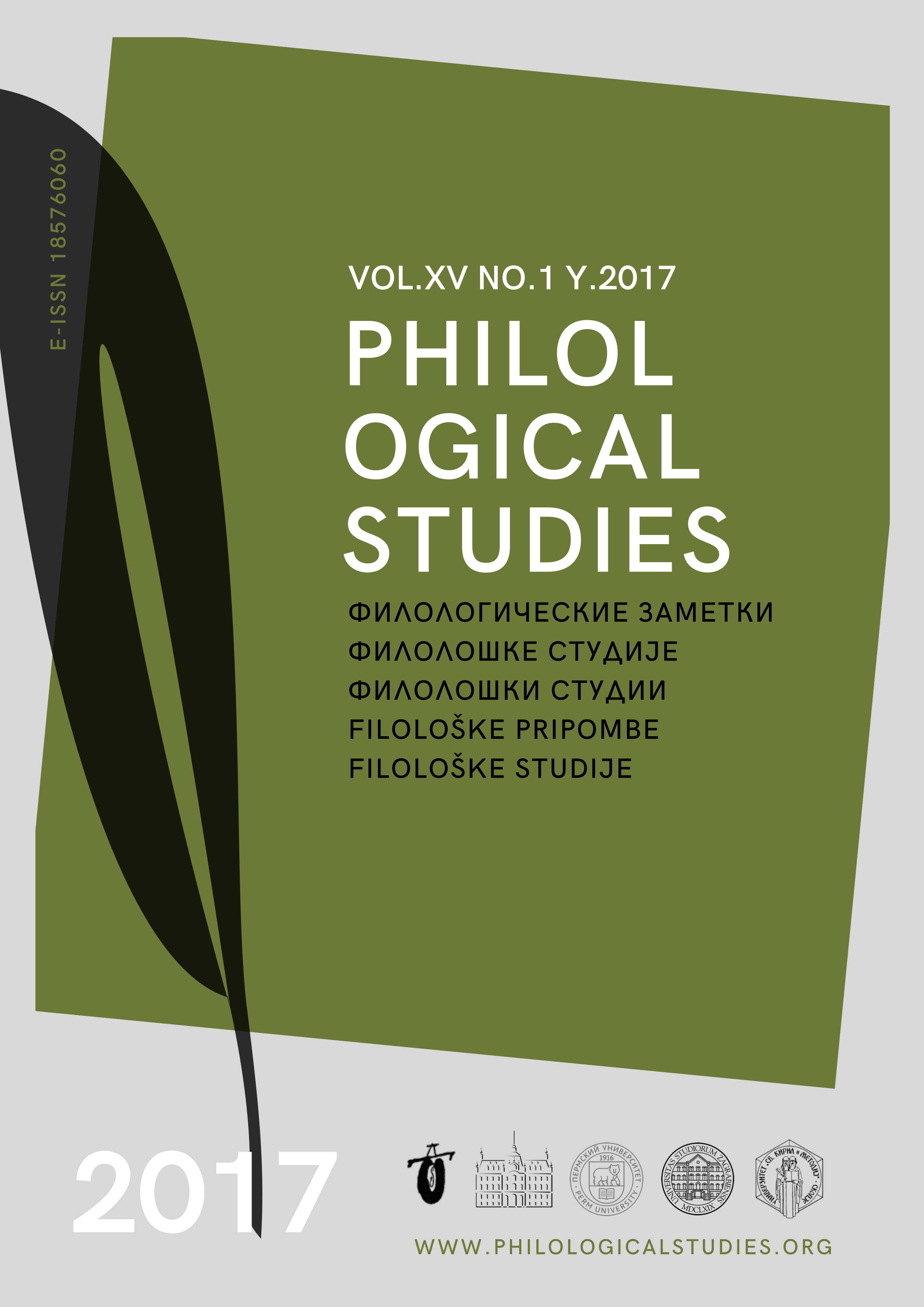MAGICAL REALISM AND ITS RELATIONS TO REALISM
Keywords:
magical realism, realism, logic, transcendental experiences, intuition, magic, ambience portrayal, marvelous detail, detailed description, baroque-like exaggerations, causal narratives, plot development, direct social duty, indirect social duty, clear writing style, ambiguous writingAbstract
This article is an exploration of the essence of magic realism. The search for its definition is based on the concept of realism. I outline the main differences and similarities between the two literary movements through a detailed comparative analysis. Magical realism is still realism. In other words, both realism and magical realism are artistic tools that study and describe reality, but they differ in their methodology. In particular, my article discusses the differences and similarities in: method of portraying reality, character portrayal, descriptions, narrative, role of the author, style etc. My comparative study brought about the following results: Realists tend to use logic and rationalism to connect to their audience, while magic realist authors use transcendental experiences, intuition and magic; Realists write portrayals by referring to the ambient. Whereas magic realists write portrayals by referring to an instrumental marvelous detail; Realists usually provide detailed descriptions, while magical realists use baroque-like exaggeration; On one hand, realism is characterized by firm, causal and logical narratives. On the other hand, the narrative of magical realists is spread out and harder to follow; The role of the realist author is obvious – to describe the plot in a direct manner. Whereas, magical realist authors tend to bring about plot details indirectly or in unfamiliar ways; The tone of realist writers is calm and their writing is abundant with clear precise statements. Magic realists are not known for a clear writing style. In fact, their writing is reflective and full of ambiguous descriptions and interpretations.
Downloads
Downloads
Published
Issue
Section
License
Philological studies © 2019. This work is licensed under a Creative Commons Attribution-Noncommercial-No Derivative Works 3.0 Unported License


